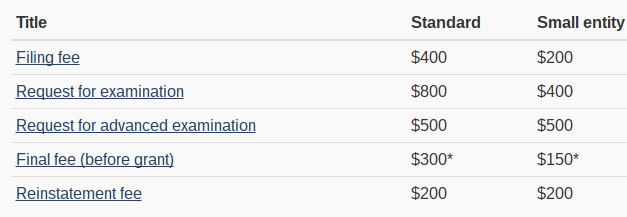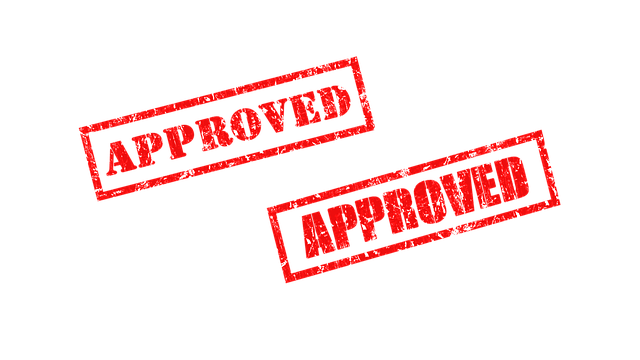When you create an invention, process, product or service that succeeds in the market, you want to prevent other entities from copying the idea. The appropriate way to do so is to patent it. Once you patent it, you are legally recognized as the owner of the patent. You have the sole right to use it, distribute the rights, or to sell the patent ownership.
In the previous post, we discussed the first three steps on how to patent your idea. We went through what qualifies as a patent, conducting a patent search, and writing your patent application. In this post, we will cover the final step for patent registration. This is a crucial step to register your idea as a patent.
Step 4: Examination of your Patent Application
After submitting your patent application, the Patent Office will review your patent application only after you request examination. However, this must be done within 5 years of filing the patent application and after paying the appropriate patent fee (which can be seen below).

Source: http://www.ic.gc.ca/eic/site/cipointernet-internetopic.nsf/eng/wr00142.html
The Patent Office can take two to three years to examine the patent application after examination is requested. When the Patent Office examines your application, the office may communicate any objections with you through a report called an Office Action. The applicant can alter, remove or insert new claims. After that two things can occur.
- Patent Application is Rejected: If your patent application is rejected then you will receive a report called the “final action” from the Patent Office. You now have one chance to alter your patent application to get it accepted. You may also ask for a hearing with the Patent Office.
- Patent Application is Accepted: When your patent application is accepted, you will receive a Notice of Allowance by mail. You have 6 months to pay the Final Fee.
Considerations for allowable Patent Applications
Your patent application may be considered allowable if one or more of the following considerations are shown. Here are the important ones.
- The patent is unique and a similar one does not exist – this is a requirement of all allowable patents
- The patent concept seems unrealistic but works
- The patent solves a problem others have not been able to solve
- The patent claims are clear – this is a requirement of all allowable patents
Having a Patent Agent by your side can increase the chance that your patent application will be allowed.
- Keep Track and Take Action: There are a number of processes, steps and fees to be paid. The patent agent will keep track and take the necessary action without delay.
- Communicate with the Patent Office: A patent agent will communicate with the Patent Office and even argue your patent application on your behalf.
- Free up Time: Managing your patent application is a time-consuming process. A patent agent takes up this load and creates free time for you.
Prowse Chowne is a legal firm in Canada and we offer a full range for patent services for our clients.

